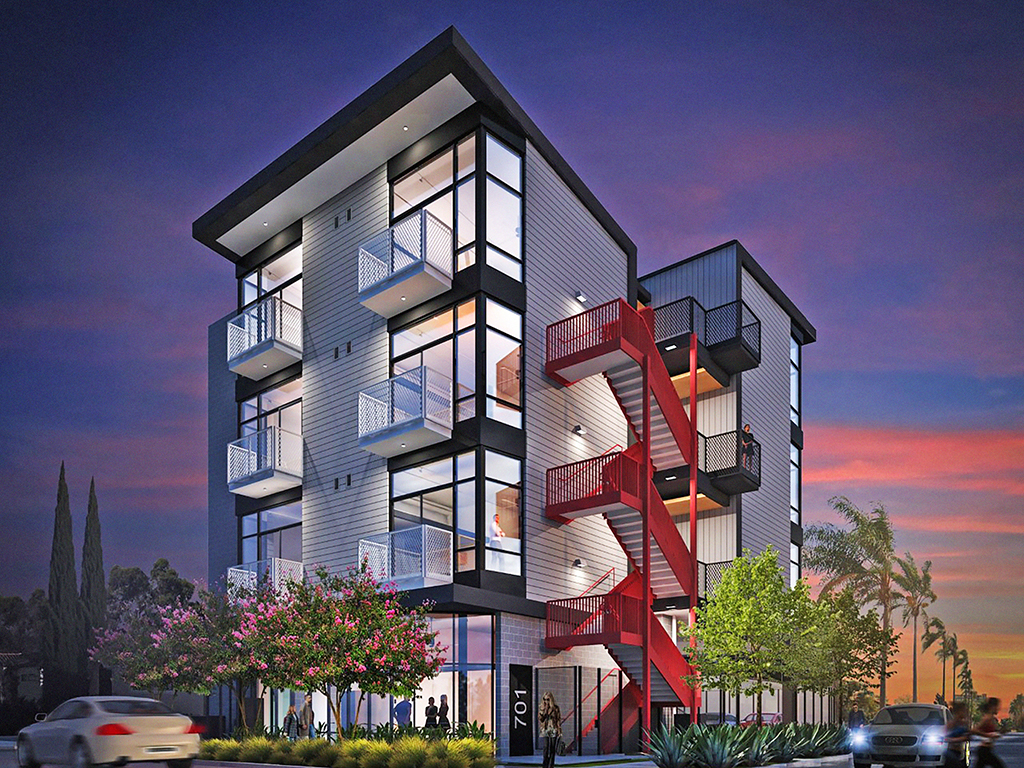Small Apartment Building: A Guide to Design and Construction

Introduction

Small apartment buildings are becoming increasingly popular due to their affordability, convenience, and potential for rental income. They offer a unique opportunity for investors and developers to create attractive and profitable housing options in urban areas. This article provides a comprehensive guide to the design and construction of small apartment buildings, covering key considerations, best practices, and industry trends.

Site Selection and Planning

- Location: Choose a site with good accessibility to public transportation, amenities, and employment centers.
- Zoning: Ensure that the site is zoned for multi-family housing and meets all applicable building codes.
- Size and Shape: The size and shape of the site will determine the number of units and the overall building footprint.
- Site Plan: Design a site plan that maximizes space utilization, provides ample parking, and creates a welcoming outdoor environment.






Building Design

- Unit Mix: Determine the optimal mix of unit sizes and types to meet market demand.
- Layout: Design efficient and functional unit layouts that maximize space and natural light.
- Amenities: Consider including amenities such as laundry facilities, fitness centers, and outdoor spaces to enhance tenant satisfaction.
- Exterior Design: Create an attractive and cohesive exterior design that complements the surrounding neighborhood.






Construction

- Materials: Select durable and cost-effective materials for the building envelope, interior finishes, and mechanical systems.
- Energy Efficiency: Implement energy-efficient measures such as insulation, high-efficiency appliances, and LED lighting.
- Structural System: Choose a structural system that provides stability, durability, and flexibility for future renovations.
- Mechanical Systems: Install reliable and efficient mechanical systems for heating, cooling, ventilation, and plumbing.






Sustainability

- Green Building Certification: Consider pursuing green building certifications such as LEED or ENERGY STAR to demonstrate environmental responsibility.
- Water Conservation: Implement water-saving fixtures and appliances to reduce water consumption.
- Waste Management: Provide designated areas for waste disposal and recycling to promote sustainability.





Property Management
- Tenant Screening: Establish a thorough tenant screening process to ensure responsible and reliable tenants.
- Rent Collection: Implement a system for timely rent collection and late payment penalties.
- Maintenance: Establish a regular maintenance schedule to ensure the property remains in good condition.
- Tenant Relations: Foster positive relationships with tenants to create a harmonious living environment.
Industry Trends
- Smart Building Technology: Integrate smart building technology to improve energy efficiency, security, and tenant convenience.
- Co-Living Spaces: Design units that cater to the growing trend of co-living arrangements, where tenants share common spaces and amenities.
- Mixed-Use Developments: Consider incorporating commercial or retail space into the building to create a vibrant and walkable neighborhood.
Conclusion
Small apartment buildings offer a valuable opportunity to create affordable and sustainable housing options in urban areas. By following the guidelines outlined in this article, developers and investors can design and construct high-quality buildings that meet market demand and generate long-term returns. By embracing industry trends and incorporating sustainable practices, small apartment buildings can contribute to the creation of vibrant and livable communities.



